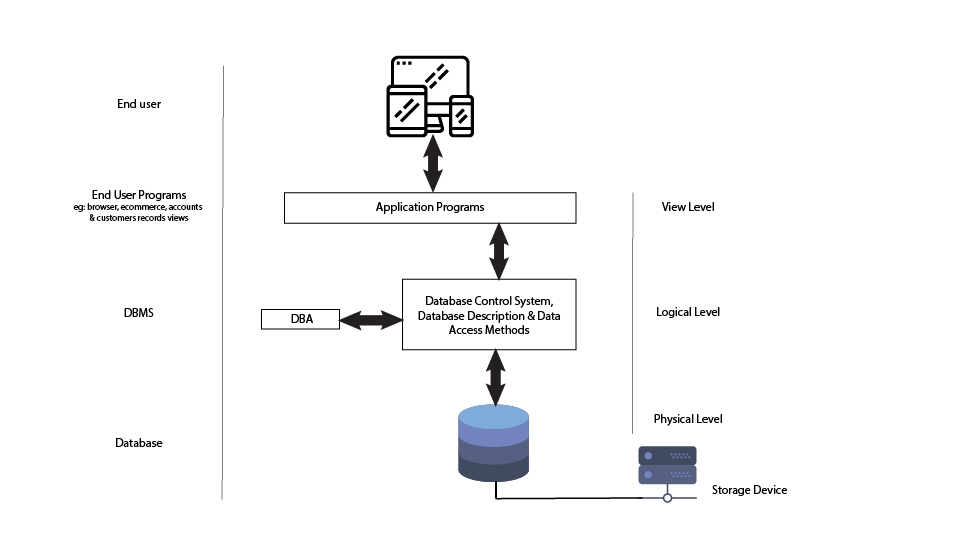
- #Create two instances of idatabase for free#
- #Create two instances of idatabase install#
- #Create two instances of idatabase software#
- #Create two instances of idatabase license#
Creating multiple DB2 database instancesĬreate multiple DB2 database instances using the DB2® Command Line Processor.You can use the database wizard or run the SQL scripts that are provided with HCL Connections™. You can use the database wizard or run the SQL scripts that are provided with HCL Connections™.Ĭreate databases using DB2®. The migration process handles those tasks automatically.Ĭreate databases for the applications that you plan to install. If you are migrating from a prior release of HCL Connections, do not complete the tasks for creating databases or populating the Profiles database.
#Create two instances of idatabase install#
To install HCL Connections™, you need to follow a detailed series of procedures.Ĭomplete the following tasks before installing HCL Connections. Its features help you to establish dynamic networks that connect you to the people and information you need to achieve your business goals.
#Create two instances of idatabase software#
HCL Connections is social networking software designed for the workplace.
#Create two instances of idatabase license#
You will have to license both sided, but you alleviate resource contention (CPU RAM) as you have spread the workload between two nodes in the cluster.Welcome to the HCL Connections 6.5 documentation. If you run Active/Active ( 2 active instances on each node). This means you need to have enough RAM and CPU to run all 4 active instances of SQL on one node.
#Create two instances of idatabase for free#
If you run active/passive then Software Assurance allows you to have the secondary replicas for free provided they are not read-only and your are not offloading your backups to the secondary. I don't know if you plan to run active/passive or active/active. It will work provided you have the resources to run stacked SQL instances. I would make sure that each AG has its own mirror endpoint vs sharing mirror end points You have two nodes that will make up the windows cluster (non shared storage)Įach AG\Listener will have an entry in the role section in the failover cluster mgr. There needs to be much more diving into how this will turn out, but hopefully this will point you in the right direction. That'll give you a start on how the pieces will need to fit together.

I would step away from thinking of AGs such as this.

This coupled with having 4 instances per server, that don't communicate with each other, that are all trying to step on each others' toes (so to speak) leaves me thinking this, "I am really glad I won't have to admin this!".

Just the worker threads alone would make me assume that you're not going to have a good time. only if you have an unordinary small workload. It is not possible to have a server be part of more than one cluster. If the server is part of a windows cluster then all instances of SQL Server could be part of the same cluster. SQL Server doesn't have cluster membership, servers do. A) does each sql instance also need to be its own windows cluster or could one cluster suffice for all the named instances?


 0 kommentar(er)
0 kommentar(er)
